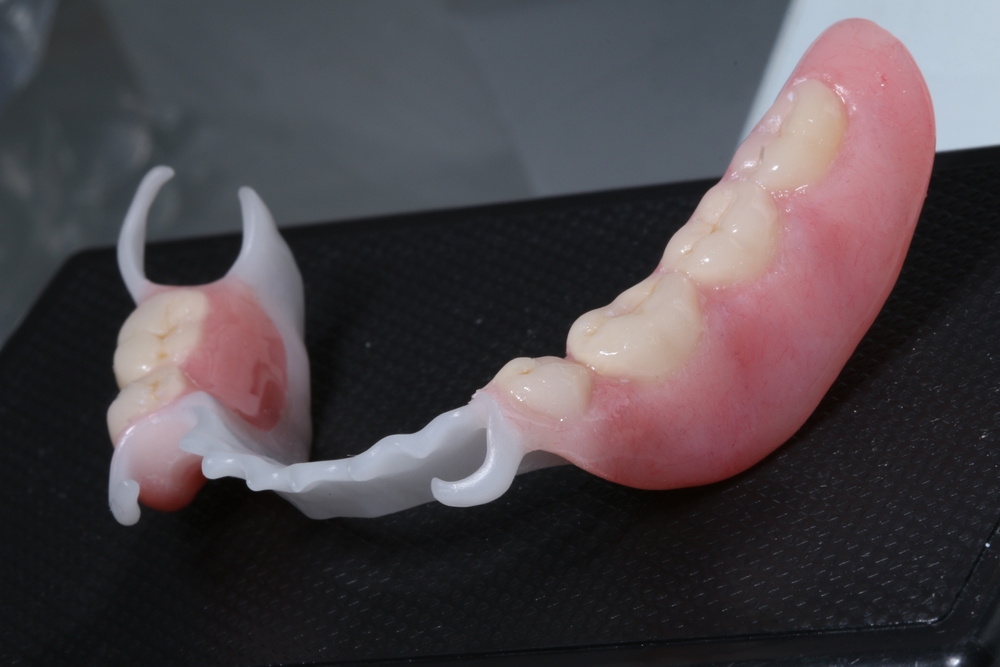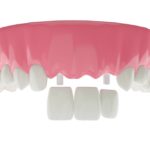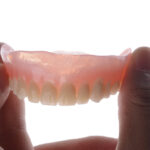How To Make A Partial Denture
Partial dentures are an excellent solution for individuals who have lost some teeth but wish to maintain their natural smile and oral functionality. These prosthetic devices fill in the gaps created by missing teeth, offering improved chewing ability and aesthetics. Whether you’re curious about how they are made or considering getting one, understanding the process can be helpful.
In this article, we’ll guide you through the step-by-step process of making a partial denture, highlight the materials used, and discuss care tips to extend its lifespan.
What Is a Partial Denture?
A partial denture is a removable dental appliance designed to replace missing teeth in your mouth. Unlike full dentures, which replace all teeth in an arch, partial dentures attach to the remaining natural teeth to provide support and stability.
Materials Used in Partial Dentures
Partial dentures can be made from a variety of materials, depending on the patient’s needs and preferences. Common materials include:
- Acrylic Resin: Lightweight and cost-effective, acrylic is often used for the base of the denture.
- Metal Framework: Metals like cobalt-chromium provide strength and durability while ensuring a snug fit.
- Flexible Materials: Thermoplastic resins offer flexibility, making them a comfortable option for patients with sensitive gums.
- Porcelain or Resin Teeth: These materials are used to mimic the appearance of natural teeth.
Steps to Make a Partial Denture
1. Consultation and Planning
The process begins with a visit to the dentist. During the consultation:
- The dentist examines your oral health.
- X-rays may be taken to assess the condition of your teeth and jawbone.
- A treatment plan is discussed, including the type of partial denture suitable for your needs.
2. Impressions of Your Mouth
The dentist takes impressions of your teeth and gums using a moldable material. These impressions are crucial for creating a custom-fit denture.
3. Designing the Framework
If a metal-based partial denture is chosen, the dental lab designs a framework using the impressions. The framework acts as the foundation that holds the artificial teeth and secures the denture in place.
4. Selection of Artificial Teeth
Teeth are selected based on size, shape, and color to ensure they blend seamlessly with your natural teeth. This step is important for achieving a natural appearance.
5. Wax Try-In
A wax model of the partial denture is created for a trial fitting. This allows the dentist and patient to evaluate the fit, comfort, and aesthetics. Adjustments can be made at this stage.
6. Final Fabrication
Once the wax try-in is approved, the final denture is crafted using the chosen materials. This step involves precise molding, polishing, and finishing to ensure durability and comfort.
7. Final Fitting and Adjustments
The finished partial denture is fitted in your mouth. Minor adjustments may be made to improve comfort and functionality. The dentist provides instructions on how to wear, remove, and care for the denture.
Benefits of Partial Dentures
- Improved Appearance: Fill gaps in your smile for a more natural look.
- Enhanced Chewing Ability: Restore functionality for eating a variety of foods.
- Preservation of Remaining Teeth: Prevent remaining teeth from shifting out of position.
- Cost-Effective: A more affordable option compared to permanent solutions like dental implants.
Care Tips for Partial Dentures
- Clean Daily: Brush your dentures and natural teeth every day to prevent plaque buildup.
- Handle with Care: Avoid dropping the denture to prevent breakage.
- Soak Overnight: Place the denture in a cleaning solution or water to keep it moist.
- Avoid Hard Foods: Minimize chewing on hard or sticky foods to prevent damage.
- Regular Check-Ups: Visit your dentist periodically for adjustments and professional cleaning.
Westwood Gardens Dental Clinic: One of the best dental clinics in Richmond Hill, Ontario
For those in Richmond Hill, Ontario, Westwood Gardens Dental Clinic is a trusted provider of high-quality dental care, including partial dentures. Call them today at 647-905-7303 or email info@westwoodgardens-dental.ca to schedule a consultation. You can also visit their clinic at Unit 18, 8868 Yonge St, Richmond Hill, ON, L4C 1Z8 for a comprehensive assessment and personalized treatment plan.
FAQs About Partial Dentures
1. How long does it take to make a partial denture?
The process typically takes several weeks and multiple appointments. This includes consultation, impressions, try-ins, and adjustments.
2. Can partial dentures be made for just one tooth?
Yes, partial dentures can be designed to replace a single missing tooth. These are often referred to as single-tooth partials.
3. What are the signs that I might need a partial denture?
If you have missing teeth, difficulty chewing, or notice changes in your bite, you may benefit from a partial denture. Consult your dentist for a professional evaluation.
4. Are partial dentures comfortable to wear?
With proper fitting and adjustment, partial dentures are designed to be comfortable. It may take a few days to get used to wearing them.
5. How long do partial dentures last?
With proper care, partial dentures can last 5-10 years. Regular maintenance and adjustments may extend their lifespan.
Conclusion
Making a partial denture is a meticulous process that involves careful planning, skilled craftsmanship, and patient cooperation. These dental appliances are a reliable solution for restoring your smile, improving oral function, and boosting confidence. By understanding the materials and steps involved, you can make an informed decision and work closely with your dentist to achieve the best results.
Whether you’re considering partial dentures for aesthetic reasons or to improve your dental health, proper care and regular dental visits are essential for maintaining their functionality and appearance over time. Consult with a trusted dentist to explore your options and embark on the journey to a healthier, more complete smile.




